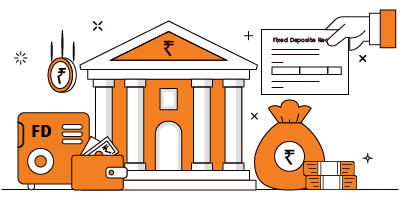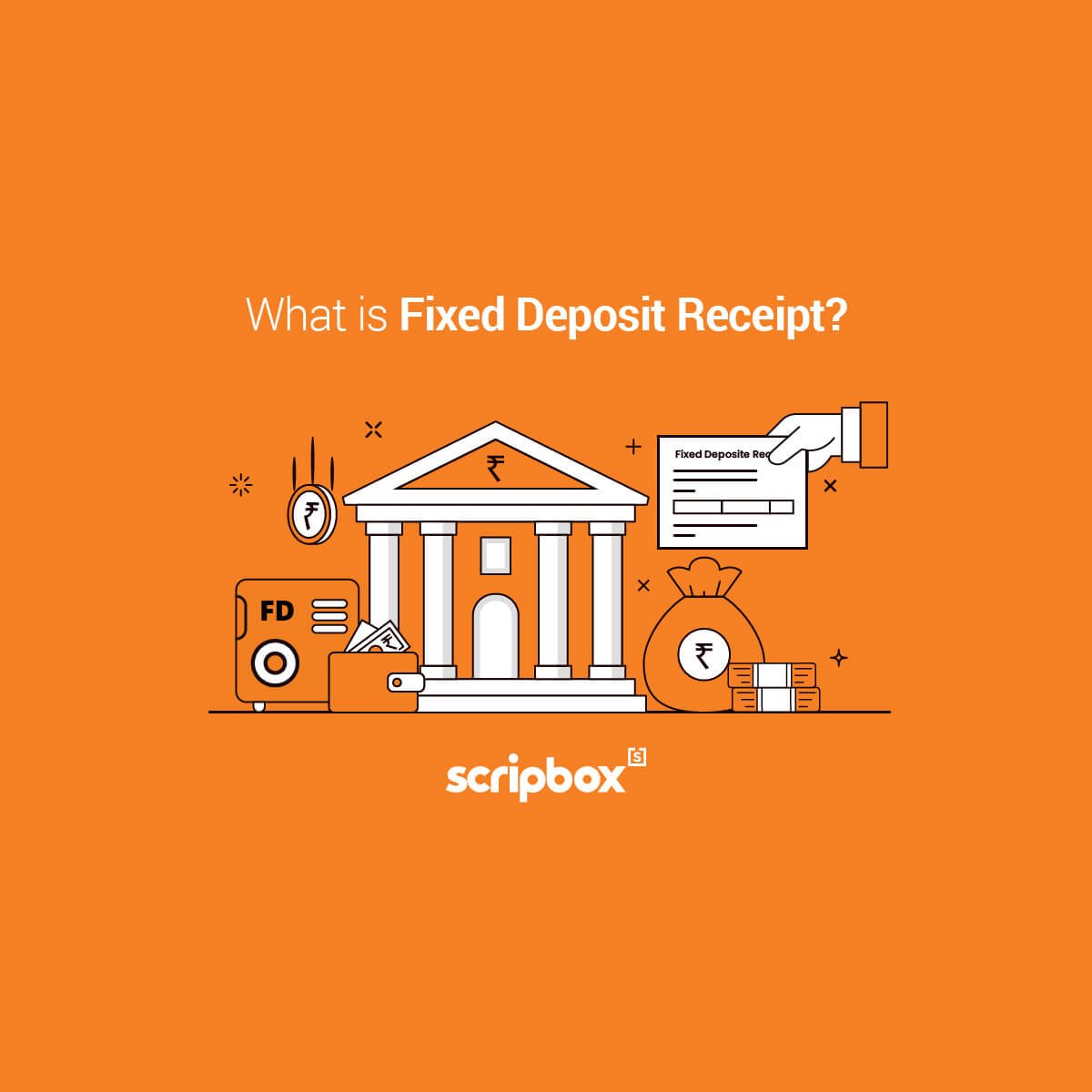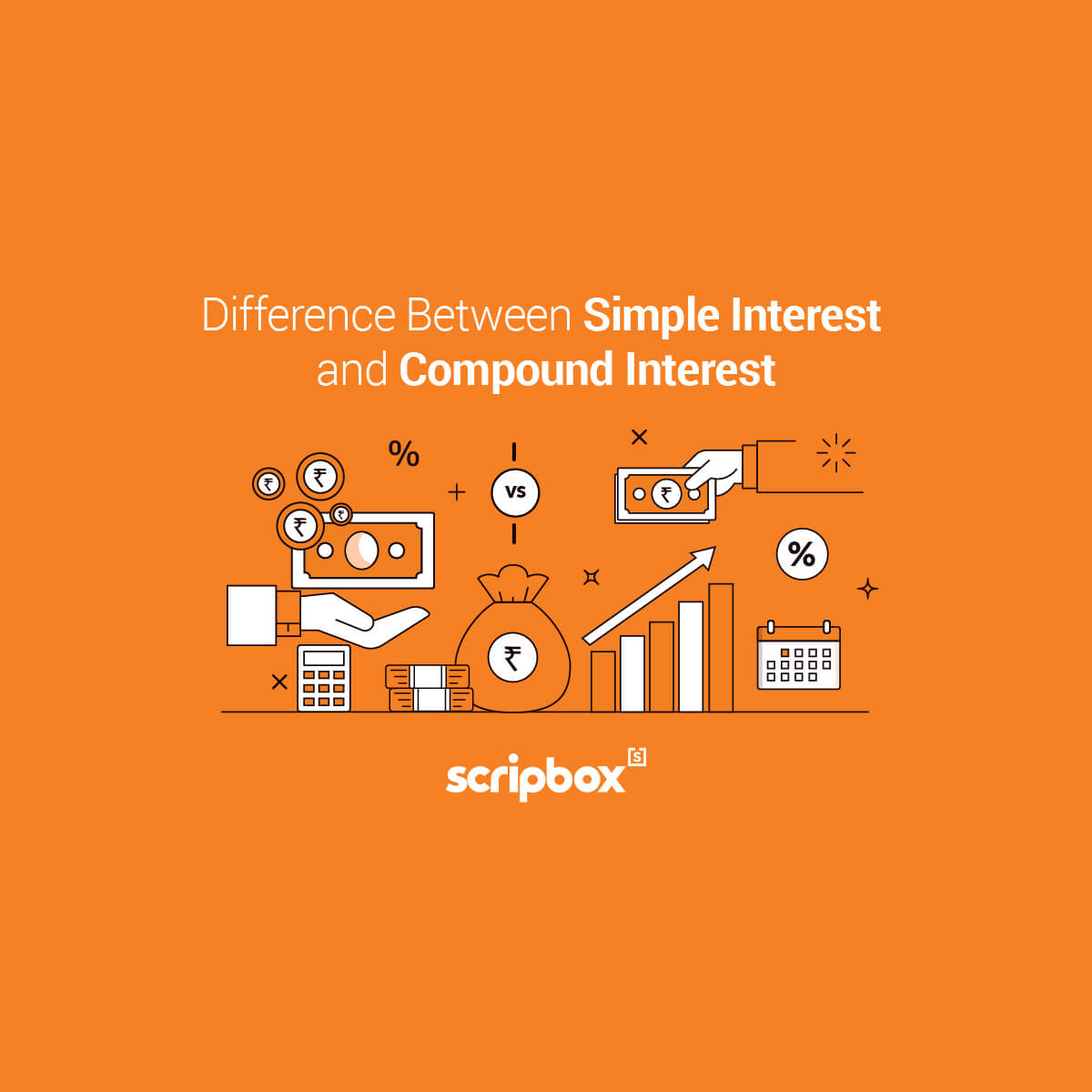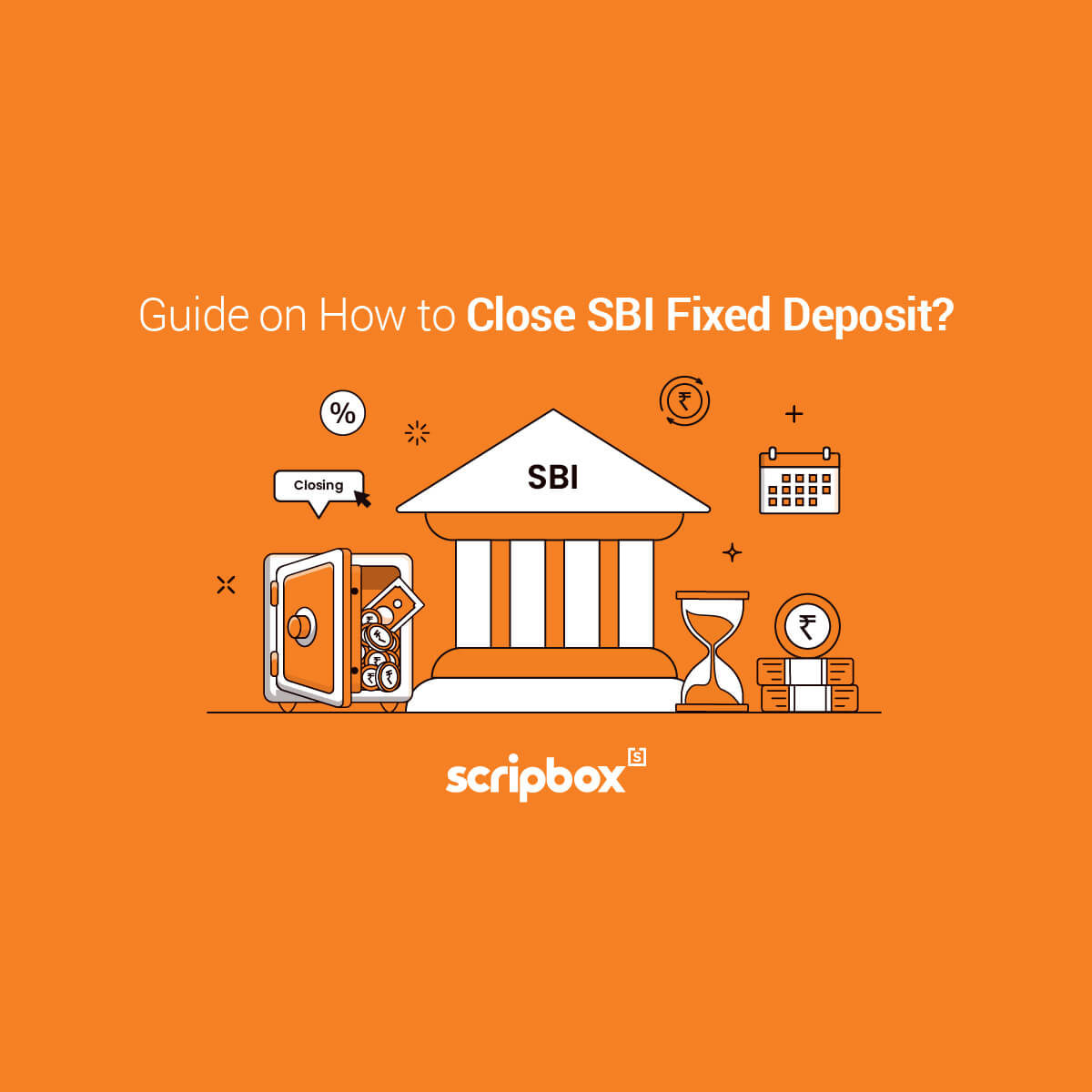A fixed deposit scheme is a traditional investment that is very popular in India. It is the most sought-after investment as it guarantees returns in the form of interest. Fixed deposits are low-risk investments, and they offer higher returns than a savings account. The tenure of an FD ranges from 7 days to 10 years, and the rate of interest varies with the tenure and bank.
One can open a fixed deposit account with any bank, financial institution and post office. Also, they can open multiple FD accounts. Banks allow individuals to invest in fixed deposits both online as well as offline. Once an investor opens an FD account, the bank provides an acknowledgement of the investment to the investor. This is called Fixed Deposit Receipt (FDR) or Fixed Deposit Advice (FDA).
What is FDR?
The full form of FDR is Fixed Deposit Receipt is a half-page document that the bank gives the investor. This document acts as proof of investment. It contains important information like the investor name or names, account details, and FD details. An FDR also has information about the FD tenure, interest rate, maturity amount, deposit type (cumulative and non-cumulative), the date of maturity, and compounding frequency. Details of the nominee, nomination, auto-renewal facility, and premature withdrawal penalty are also mentioned on the deposit receipt.
An FDR is just like a bill or invoice the shopkeeper gives the customer on purchase. Hence individuals have to insist on an FDR from the bank.
What are the components of a Fixed Deposit Receipt (FDR)?
An FD receipt is a document the bank gives the investor upon successfully opening an FD account. Following are the components of a fixed deposit receipt.
1. Name, age, address of the applicant
The FDR contains the full name of the applicant. The name will be the same as the name in Aadhar Card or PAN Card. Also, the full address and age of the investor are mentioned too.
2. Bank account details of the investor
The customer ID and bank account number are provided upon opening an FD account. These details will be mentioned by the bank on the fixed deposit receipt, along with the bank details of the customer.
3. Deposit amount and value date
The amount of the investor’s investment is called the deposit amount. An FDR contains the amount of deposit. The value date is the date on which the FD starts. A fixed deposit receipt will also include the start date of the FD.
4. The rate of interest, tenure, and date of maturity
The interest rates of the FD varies with tenure and bank. An FDR contains the exact interest rate the bank is offering the customer for the tenure selected. The investment tenure and date of maturity is also mentioned in the FDR.
5. Interest amount and maturity amount
The fixed deposit receipt format will also have the interest amount that the investor will receive and the final maturity amount that the bank will pay the applicant.
6. Deposit type
There are cumulative and non-cumulative deposits. The FDR will include information about the type of deposit chosen by the applicant.
7. Nominee and nomination details
Investors can nominate a person who is entitled to receive the FD amount in case of the unfortunate death of the applicant. The FDR will include nominee details if any.
8. Auto-renewal and Auto Closure
Most of the banks offer auto-renewal of fixed deposits upon maturity. An FD is usually automatically renewed until and unless an investor opts against it. Details of auto-renewal are mentioned in the receipt by the bank. If the investor opts for auto closure of the FD on maturity, the details and instructions of the same will be mentioned in the receipt.
9. Penalty on premature withdrawals
In case the investor opts for premature withdrawal, the terms and penalty for withdrawal are mentioned clearly on the FDR by the bank.
Explore Types of Bank Accounts in India
What is FDR used for?
The use and requirement of FDR is as follows:
- For renewal process: In the case of an offline FD, the bank may request the depositor to surrender the FDR. This allows the existing FD to be renewed for a new tenure, and a new receipt is then issued.
- For premature withdrawal: FDR is necessary to withdraw funds before the maturity date.
- To secure a loan against the FD: During a cash crunch, you can apply for a loan at lower interest rates compared to unsecured loans. To facilitate this, you can pledge the FDR as collateral to the bank for the loan duration. Once the loan is repaid, the FDR is returned to you with updated details.
Things to Check in your FD Receipt FDR
Following are the things to check in a Fixed Deposit Receipt:
1. Deposit Term
It is very important to check the tenure or investment period of the fixed deposit.
2. Rate of Interest
Though it is a very basic thing, it is advised to double-check the interest rate. Also, while renewing an old fixed deposit, it is essential to check this. Most times, banks discontinue the old deposit schemes and the rate of interest changes. In case an individual opts for quarterly or regular interest payouts, it is essential to check the rates. If not, always check with the banker.
3. Maturity Date
The date of maturity is mentioned in the FDR. It is essential to check the maturity date of an individual plan to gift the deposit money to someone. For example, if an individual wishes to gift the FD amount to her daughter on her birthday, it is good to double-check the date of maturity of the deposit scheme.
4. Auto-Renewal
In case a depositor opts for auto-renewal, they can check for its mention in the FDR receipt. If any discrepancies, they can contact the banker.
5. Prepayment Penalty
Any penalties will be mentioned in the receipt. For example, suppose the receipt mentions a 1% prepayment penalty. In that case, it means that the banker will pay 1% less than the applicable interest rate. In other words, if an FD is made for a period of two years at 9% rate of interest but is withdrawn after six months. But for a six months FD, the bank offers only a 6% interest rate. Then the applicable rate of interest on such withdrawals will be 5%.
6. Nomination
It is important to check the nominee details in the FDR. One can easily nominate their dear ones for the fixed deposit. In the event of unforeseen death of the depositor, the nominee will be eligible to receive the FD proceeds.
TDS Declarations
Tax at source is deducted by the bank in case the interest income exceeds INR 40,000 (INR 50,000 for senior citizens) in a financial year. For interest income below INR 40,000 no TDS is cut. If a depositor falls under the ‘No Income Tax’ bracket, then they have to submit form 15G or form 15H as applicable. But it is essential to ensure that the same is recorded with the banker. Also, certain banks make specific mention of these submissions in the FDRs.
You may also like to read about the How to Close FD Account?
Documents Required to Open FD Account and Get Fixed Deposit Receipt (FDR)
Upon having a savings account in the bank, the following are the documents required to open an FD account:
- ID Proof: Passport, Aadhaar Card, Voter ID, Driving License
- Address Proof: Salary Slip, Electricity Bill, Telephone Bill, Bank Statement
- Date of Birth Proof:
- In the case of minors, a Birth Certificate
- In the case of Senior Citizens: Passport, PAN Card, Driving License, Voter ID
Explore Top Banks in India
Frequently Asked Questions
A Fixed Deposit Receipt is a half-page document that the bank gives the investor. This document acts as proof of investment. It contains important information like the investor name or names, account details, and FD details. An FDR also has information about the FD tenure, interest rates, maturity amount, deposit type (cumulative and non-cumulative), and compounding frequency. Also, details of the nominee, auto-renewal facility, and premature withdrawal penalty are mentioned on the FDR.
There have been instances of generating a fake FD receipt in the name of the depositor. To be cautious and not fall prey to such fraudulent activities, one must verify their receipt at the nearest branch. Alternatively, the account holder can also call the customer care team of the bank to seek assistance regarding the same.
Yes, you can get a duplicate FD receipt from the bank. To obtain the duplicate receipt, you may have to submit a written application. Also, some banks may need an indemnity bond for issuing the duplicate receipt. Alternatively, some banks may charge some amount for issuing the duplicate FD receipt.
The bank gives the FD receipt upon successfully opening the fixed deposit account. If the bank doesn’t give an FDR, an investor has the right to ask and obtain an FDR from the bank.
In case of losing an FD receipt, you can apply for a duplicate receipt. The bank usually asks for a written application with all the details about the fixed deposit. Also, some banks ask for certain documents to process the duplicate issue of the fixed deposit receipt. The process might vary from bank to bank. Therefore, one can either visit the nearest bank branch or call the customer care line for help.
Yes, a bank fixed deposit receipt has information about the nominee and nomination. It contains the nominee name and date of birth.
Fixed Deposit (FD) is a deposit scheme that allows you to invest money for a fixed duration at a fixed interest rate. While, Fixed Deposit Receipt (FDR) is an acknowledgement slip that is given to the deposit holder for opening FD account with the bank.
























Show comments